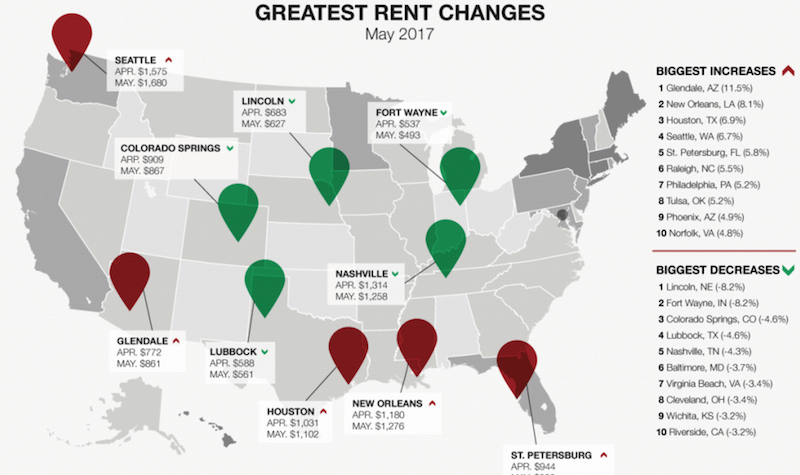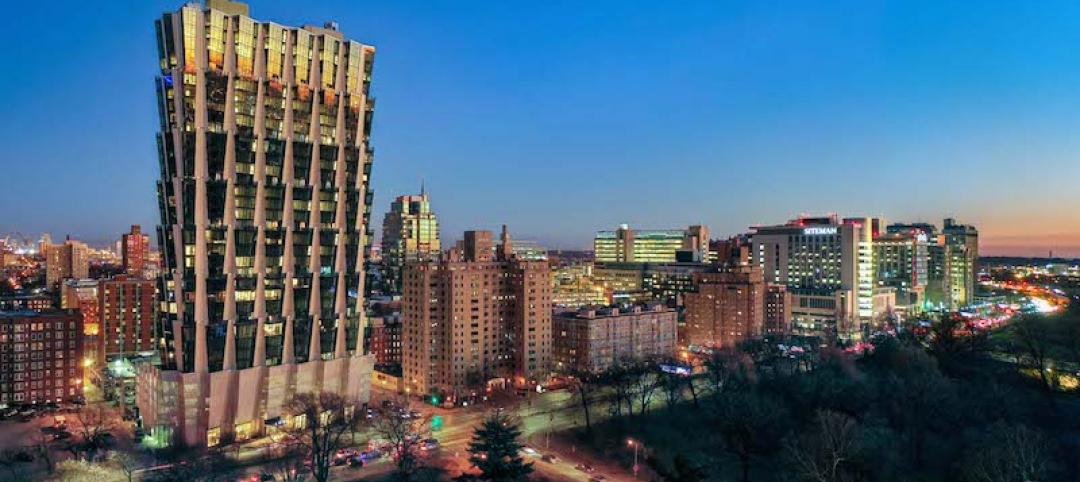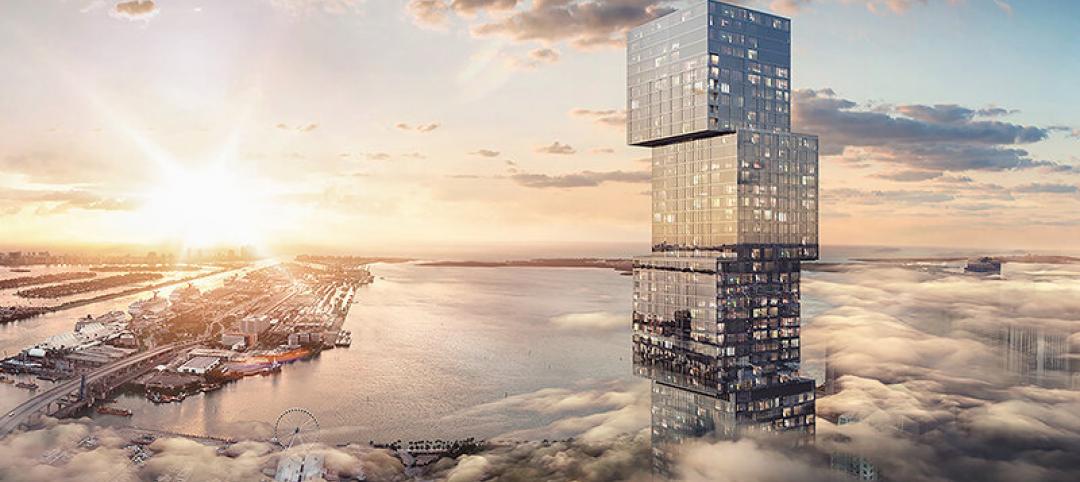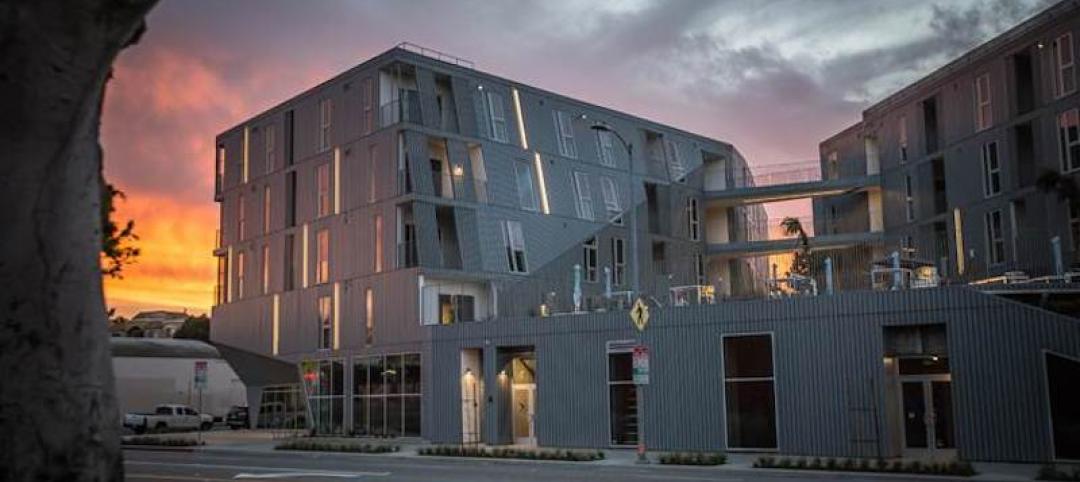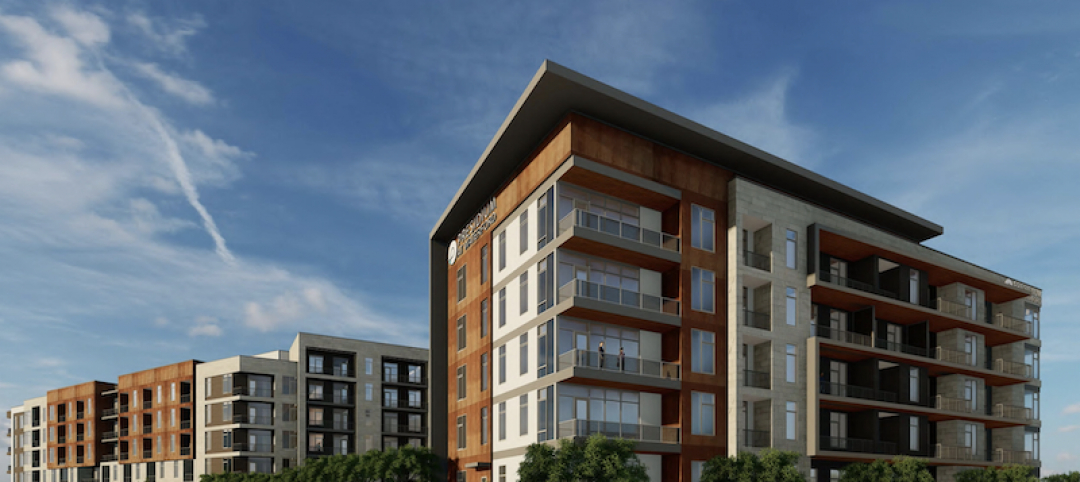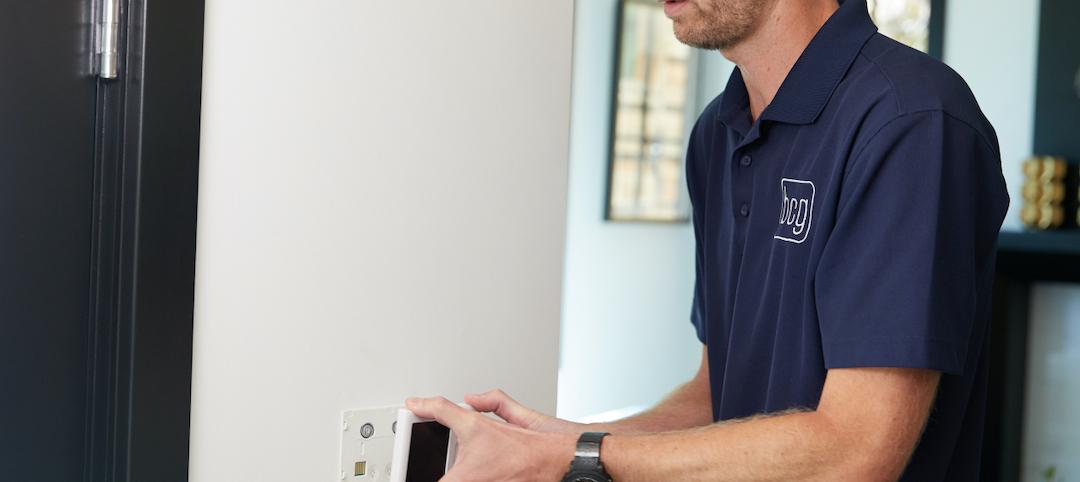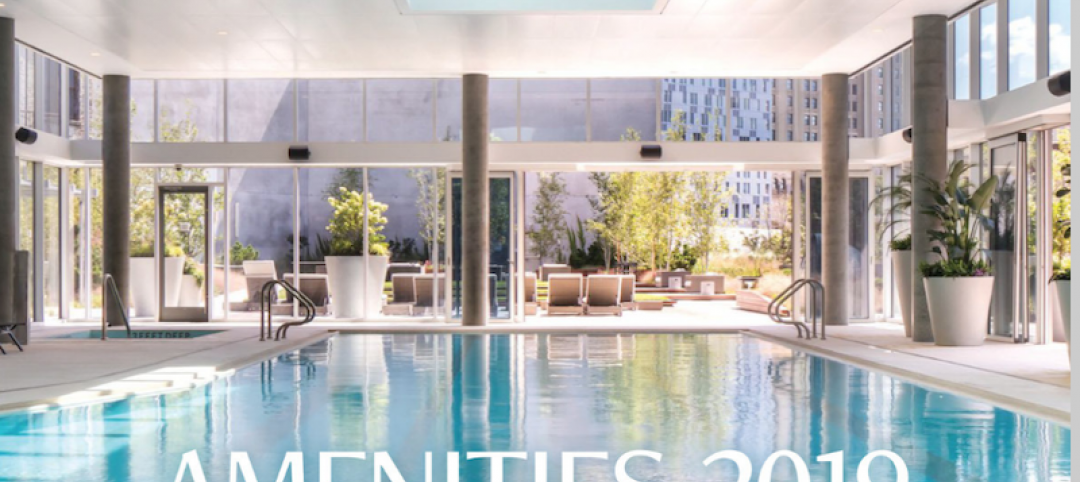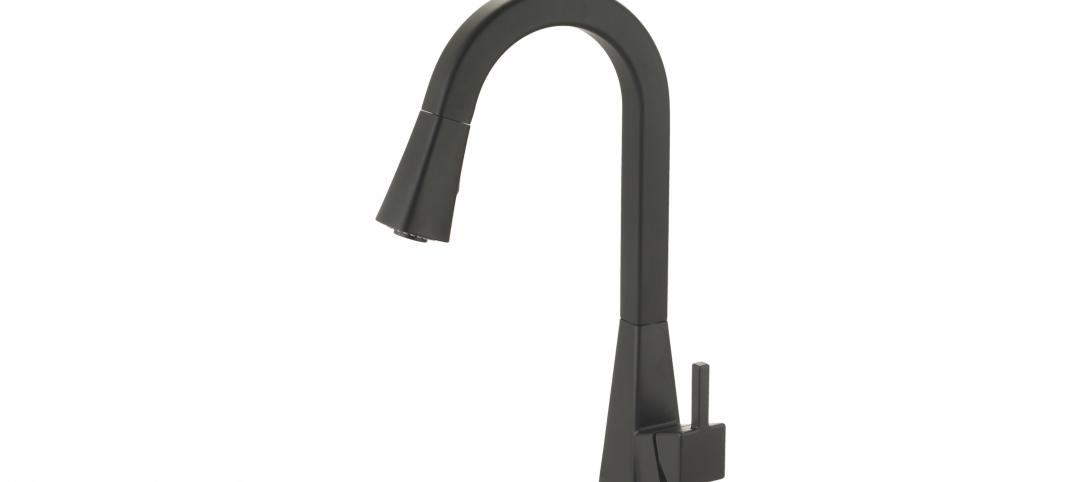Nationally, rent prices increased slightly in April, with the median one-bedroom rent rising to $1,012 per month. That’s the highest it’s been since January’s figure of $1,016, and represents an overall decline since the beginning of the year of .39%.
When it came to the steepest rent drops, two familiar faces led the way: Lincoln, Neb., and Fort Wayne, Ind. Each city’s rent dropped 8.2%, to continue a months-long slide. Lincoln’s median rent of $627 represents a 21% decrease from its January rent of $801, and Fort Wayne’s $493 is a 26.4% decline from its year-opening rent of $671 per month.
Those declines might seem steep. One explanation: In order to better approximate what an apartment-seeker would experience when looking for a place to rent, ABODO collects data only on active listings currently on the market, which can vary widely month-to-month, depending on supply.
The rest of the biggest decreases were more minor, between 3% and 5%. A number of cities — Lubbock, Texas (-4.6%); Nashville, Tenn. (-4.3%); Cleveland, Ohio (-3.4%); and Riverside, Calif. (-3.2%) — reprised their places on the list of greatest decreases for the second month in a row. In fact, this marks the third straight month that Nashville, Cleveland, and Riverside appeared on the list of greatest rental falls.
The nation’s largest rental hike came in Glendale, AZ, where one-bedroom median rents rose 11.5% to $861. That marks the continuation of a months-long trend: Glendale rents have increased every month since January, and currently they’re 26% higher than they were at the beginning of the year. New Orleans (8.1%), Seattle (6.7%), and Phoenix (4.9%) also reprise their places on the list of biggest rent increases.
The list of cities with the nation’s highest rents in April is largely unchanged from our last report. San Francisco’s $3,415 price tag still leads the way, followed by New York City, N.Y. ($2,705), San Jose, Calif. ($2,459); and Boston, Mass. ($2,398). The only newcomer is Seattle, whose 6.7% rental jump to $1,680 puts it at the tenth-highest in the country.
For the full report and to view associated infographics and charts, click here.
Related Stories
Multifamily Housing | Mar 23, 2021
One Hundred Above the Park completes in St. Louis
Studio Gang designed the building.
Multifamily Housing | Mar 22, 2021
Waldorf Astoria Miami will become the tallest tower south of Manhattan
The supertall tower will include a hotel and residences.
Multifamily Housing | Mar 18, 2021
Mixed-use residence for UCLA medical students completes
Lorcan O’Herlihy Architects designed the project.
Multifamily Housing | Mar 15, 2021
First phase of Presidium Waterford breaks ground in Austin, Texas
O’Brien Architects and Dwell Design Studio are designing the project.
Luxury Residential | Mar 10, 2021
Luxury multifamily development opens at the front door of Charlotte’s South End neighborhood
Broadstone Queen City recently opened its doors to its first residents.
Multifamily Housing | Mar 10, 2021
9 smart connectivity systems for multifamily housing communities
Smart connectivity systems are starting to become a must-have amenity in multifamily properties—and not just for upscale urban rentals.
Multifamily Housing | Mar 9, 2021
Investor demand for multifamily real estate remains relatively strong despite COVID-19
Despite a disruptive pandemic, investor demand for multifamily real estate was strong in 2020, according to a newly released Yardi Matrix Bulletin. Around 252,000 apartment units were absorbed last year. That’s about 1.7% of total market stock and down 12% from the 286,300 apartments purchased in 2019.
Multifamily Housing | Mar 7, 2021
Deadline extended for Cover Photo of the next issue of MULTIFAMILY Design+Construction
Request from Editori of Multifamily Design+Construction for photos showing project amenities, for next issue of the magazine.
Multifamily Housing | Mar 7, 2021
New Olympia i3 kitchen faucet: geometric lines, minimalist style
Announcing the new Olympia i3 single handle pull-down kitchen faucet for today's modern kitchen.
Market Data | Feb 24, 2021
2021 won’t be a growth year for construction spending, says latest JLL forecast
Predicts second-half improvement toward normalization next year.


